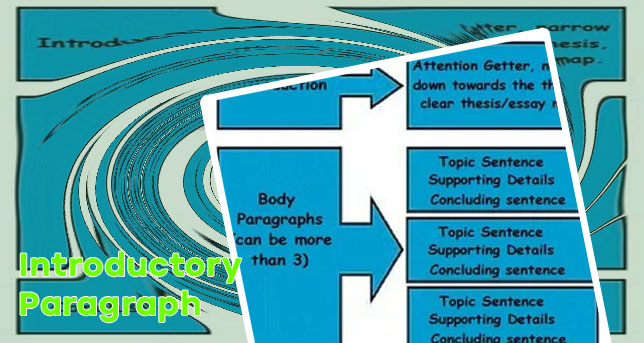Sentences to start an essay

2. Don’t focus on yourself or the reader — focus on the text
ThoughtCo / Hugo Lin Ways to start a sentence in an essay Comment: “Virtually” means “nearly or almost.” If you say that good manners have disappeared, your reader may say to him or herself, “Nonsense! I have good manners.” If this happens, you will have an uphill battle on your hands. Your reader will resist you. But if you say that good manners have virtually disappeared, that is much harder to contradict and should arouse curiosity instead.
How to start a sentence in essay
SUBJECT AREA PREDICATE AREA TOPIC SUBJECT CHOICE CONTROLLING IDEA Examples Looking to create a blog? Wix has got your covered with thousands of design features, built-in SEO and marketing tools, that will allow you to scale your content, your brand and your business.
3. Vividly describe an anecdote related to your essay’s main point.
Ask yourself “why”. If you state “Firstly one of the best ways to tackle traffic congestion is to build wider roads.” Then you ask “why is this a good method? What does it do?”. You then add: “By doing this, traffic will be able to flow more easily and congestion will be reduced”. Then you choose your next sentence, either an example or an opposite: “If the roads are not widened, traffic will slowly grind to a halt as traffic is no longer able to flow along the streets because they are too narrow.”. Writing Challenge: Write 2 Essay Hooks Along with missing transitions and repeating sentence structure, another thing that stops sentences from being great is too much repetition. Keep your sentences sharp and poignant by mixing up word choices to start your sentences.
How to start a sentence in an essay
The faithful drudging child More like this This is a strong thesis because it shows how your experience contradicts a widely-accepted view. A good strategy for creating a strong thesis is to show that the topic is controversial. Readers will be interested in reading the rest of the essay to see how you support your point.

